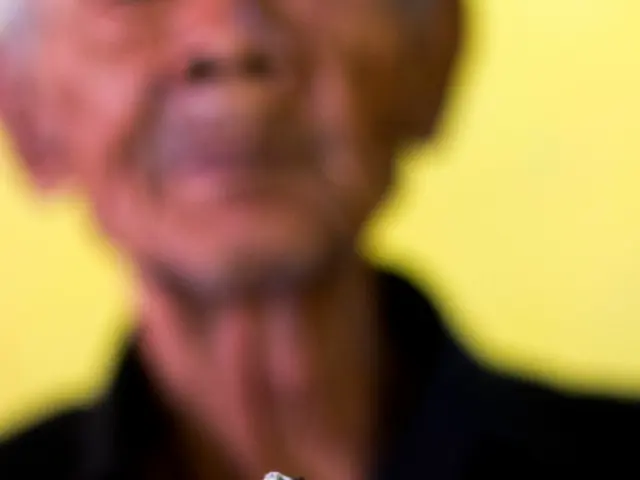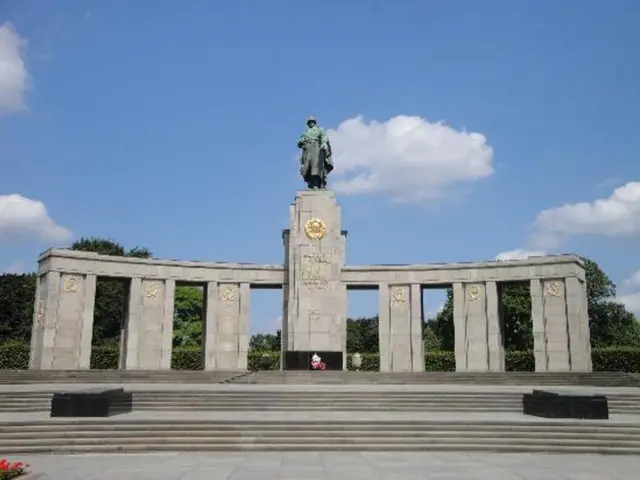The Wear of Time-Honored Attire and the Echo of Generational Identity
Embracing Our Roots: The Power of Traditional Clothing
In this interconnected world, traditional attire serves as a vibrant bridge between our past and present, a testament to our ancestors and the rich tapestry of our cultures. No longer just an aesthetic statement, traditional clothing wears the stories of our identity, heritage, and community values.
Take a stroll through Japan, and you'll encounter kimonos reverberating with tales of seasons, status, and era. Journey to the Scottish Highlands, and kilts dance amidst the tales of clans and history. Across Africa, the colorful kente cloth whispers stories of unity, identity, and symbolic meaning. Dig deeper, and you'll find these stories echoed in the beadwork of Native American regalia, markers of spiritual beliefs and culture.
Traditional clothing speaks in the language of colors and patterns. Consider the Chinese red, synonymous with luck, joy, and prosperity, or the Indian sari, resplendent with designs representing family lineage and regional roots. Each thread and weave, each design element, is meticulously selected to tell a tale.
Joining this story is the quest for ancestry through genealogy. Tracing one's roots often leads to unearthing heirloom garments, physical reminders of lineage that tie one to the past. Wearing traditional clothing during cultural events or gatherings is not just a show of respect but stepping into the shoes of those who came before.
The preservation of cultural heritage is one of the critical roles of traditional garments. They serve as custodians of artistic crafts like embroidery, weaving, and dyeing, passing these skills down through generations. In many communities, efforts are underway to keep these crafts alive, ranging from cultural festivals to fashion shows. These endeavors help ensure the legacy of traditions is not lost to time.
In a world constantly evolving, traditions adapt accordingly. Contemporary designers draw inspiration from traditional patterns and techniques, melding the old and the new. This fusion creates a dialogue between the past and the present, allowing traditional clothing to remain contemporary.
Younger generations are embracing traditional clothing not just as a respect for the past, but as a way to express their identities. By giving traditional attire contemporary twists or blending it with modern accessories, they adapt the clothing to their unique stories.
Recent years have seen a revival of interest in traditional clothing, driven by a desire to delve into heritage and champion sustainable fashion. Young people look to their roots for inspiration, driven by the global movement towards sustainability in the fashion industry.
This renewed appreciation is also fueled by educational institutions and cultural organizations that promote traditional textiles and craft skills through workshops, exhibitions, and educational programs. These initiatives are instrumental in preserving timeless knowledge and preventing traditional clothing techniques from becoming lost to time.
Intergenerational transmission of knowledge remains vital in the preservation of these traditions. From elders passing down sewing, weaving, or embroidery skills to younger family members, this process not only educates but fortifies familial bonds. It encourages creativity and innovation in our cultural identities.
As the world continues to grow more interconnected, traditional clothing styles are impacted by global trends and cross-cultural dialogues. This fusion results in unique artistic developments that honor original designs while integrating elements from other cultures. It embodies a dynamic exchange between communities, fostering mutual appreciation and understanding.
Regardless of the variations in designs and symbols, traditional clothing speaks a universal language of identity. It fosters pride, unity, and belonging, transcending borders and uniting humanity through shared experiences of heritage and ancestry. In a rapidly changing world, embracing our roots provides comfort, continuity, and a lasting connection to who we were—and who we are today.
- Traditional clothing, such as kimonos in Japan, kilts in the Scottish Highlands, African kente cloth, Native American regalia, Chinese red, and Indian saris, wear the stories of our identity, heritage, and community values.
- Cultural events and gatherings serve as platforms for individuals to step into the shoes of their ancestors by wearing traditional clothing, which is not just a show of respect but a connection to the past.
- Cultural-travel experiences often provide opportunities to immerse oneself in the rich tapestry of traditional clothing and understand the stories they tell about heritage, lifestyle, and fashion-and-beauty.
- Efforts to preserve cultural heritage, like fostering intergenerational transmission of craft skills, organizing cultural festivals, fashion shows, workshops, exhibitions, and educational programs, help ensure that traditional clothing techniques and the stories they hold are not lost to time.








